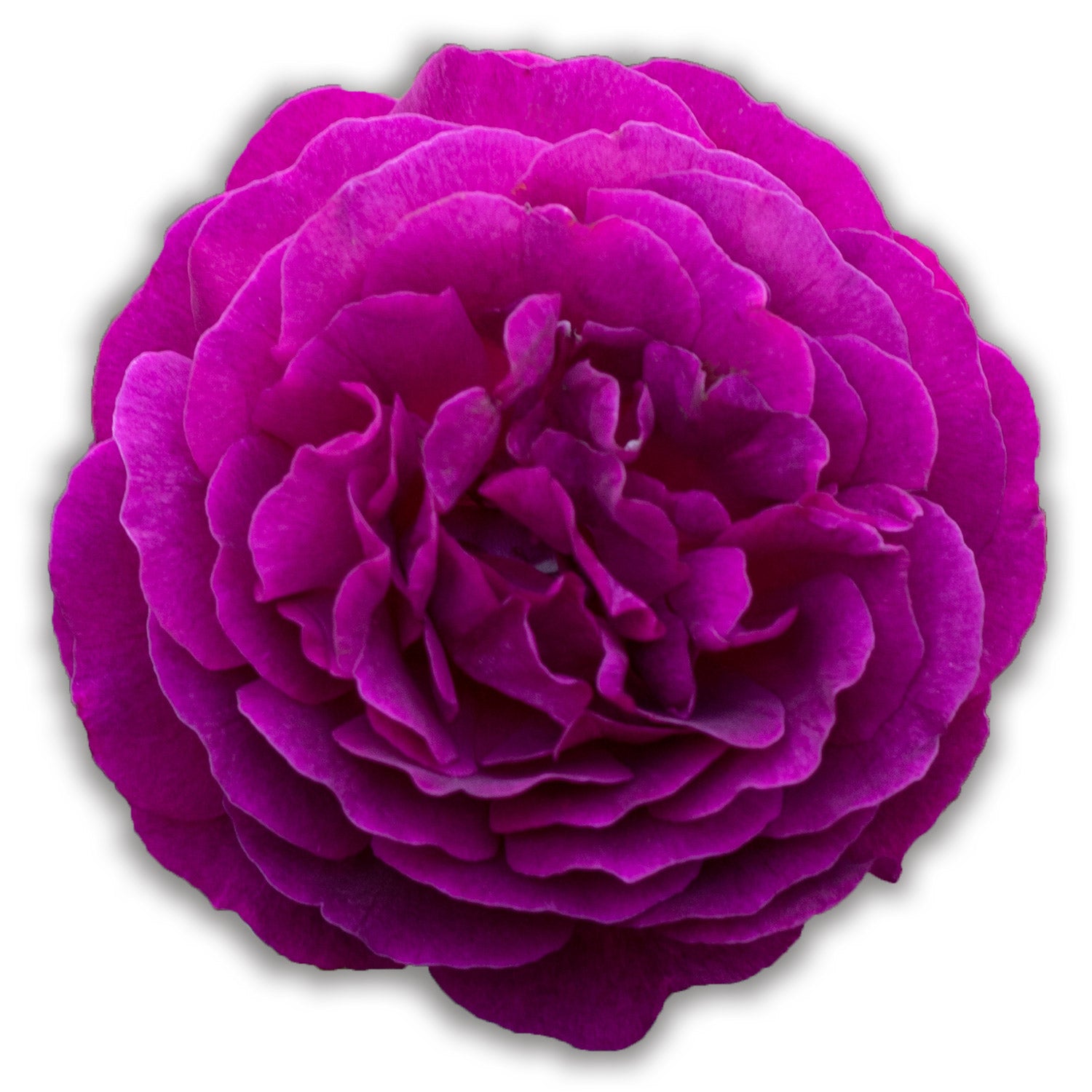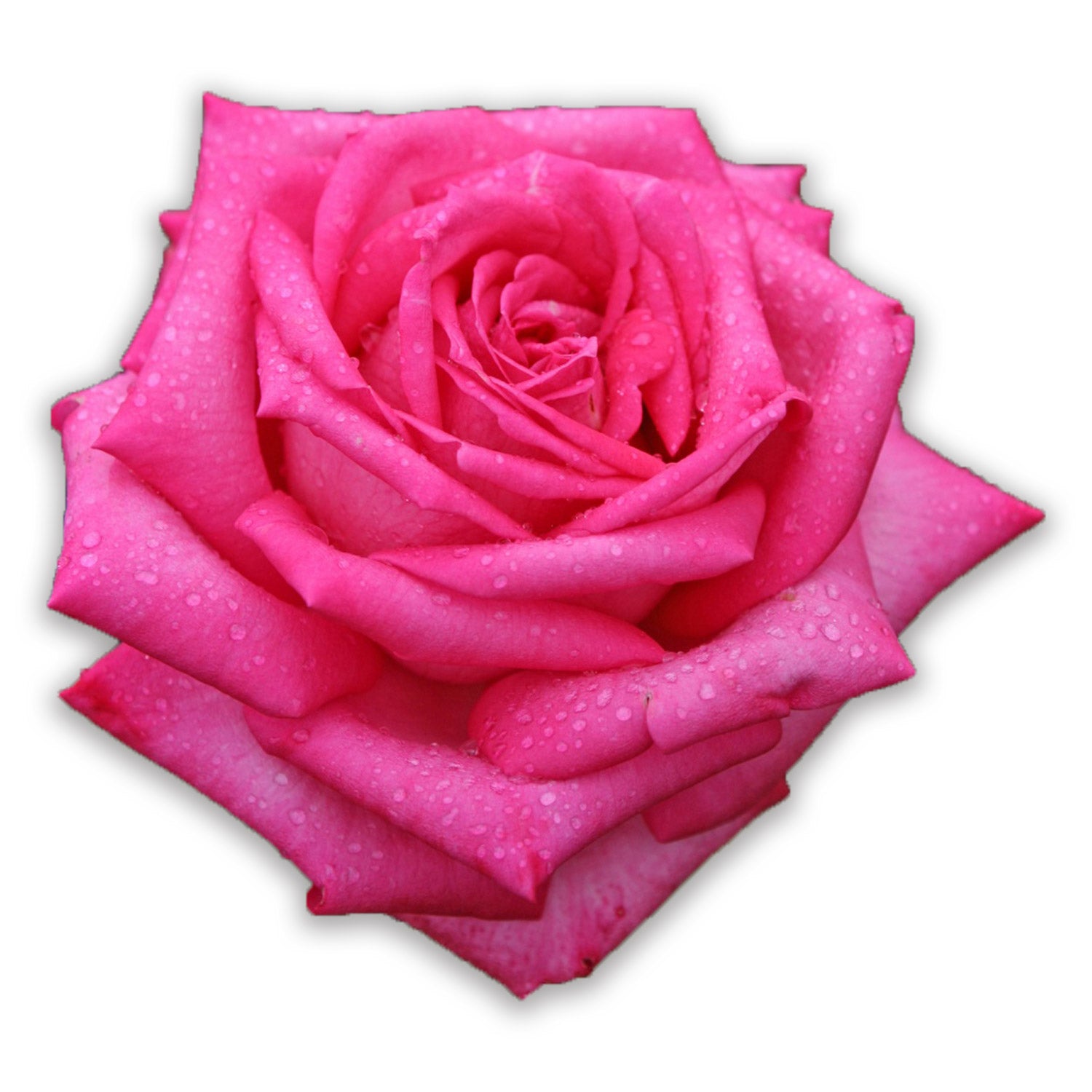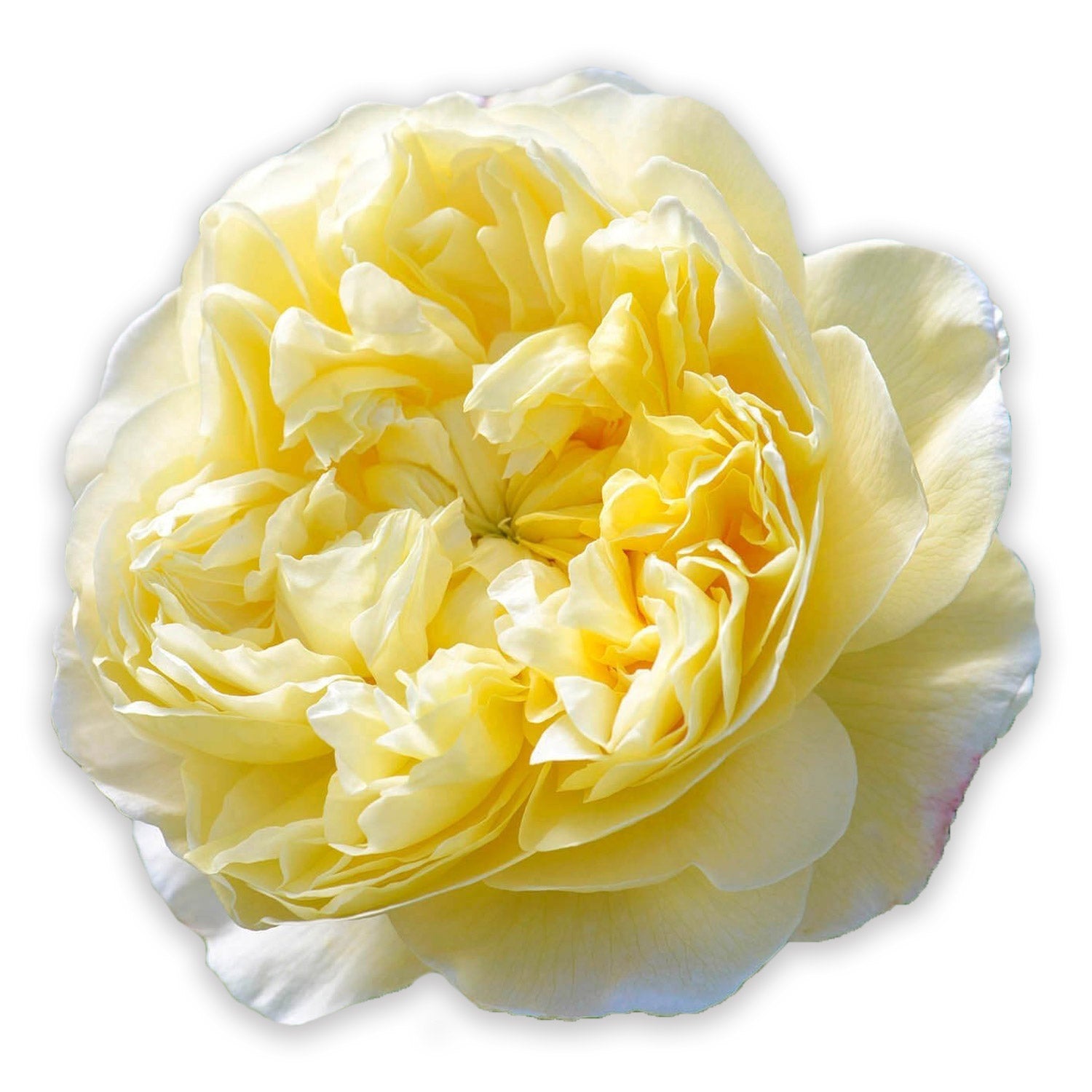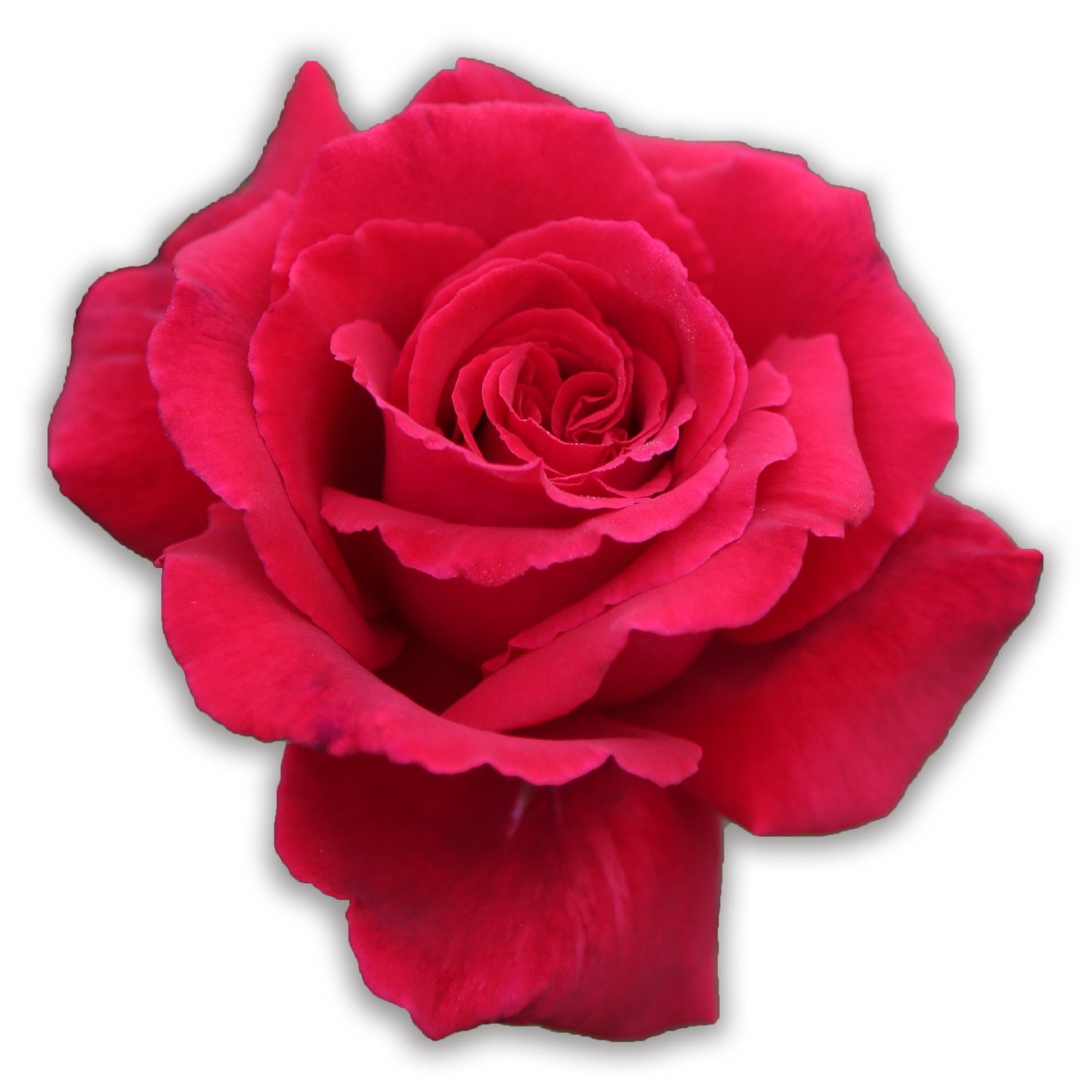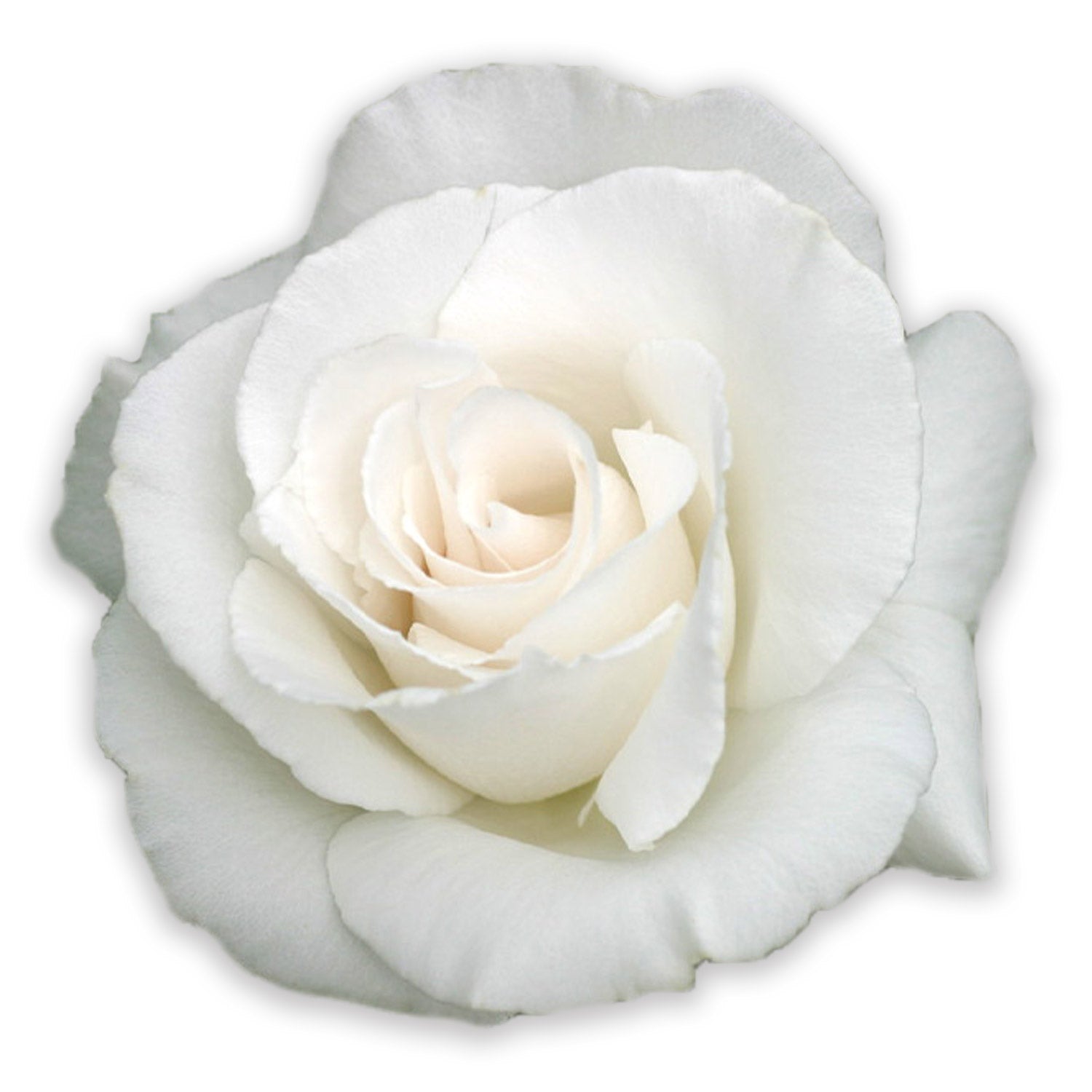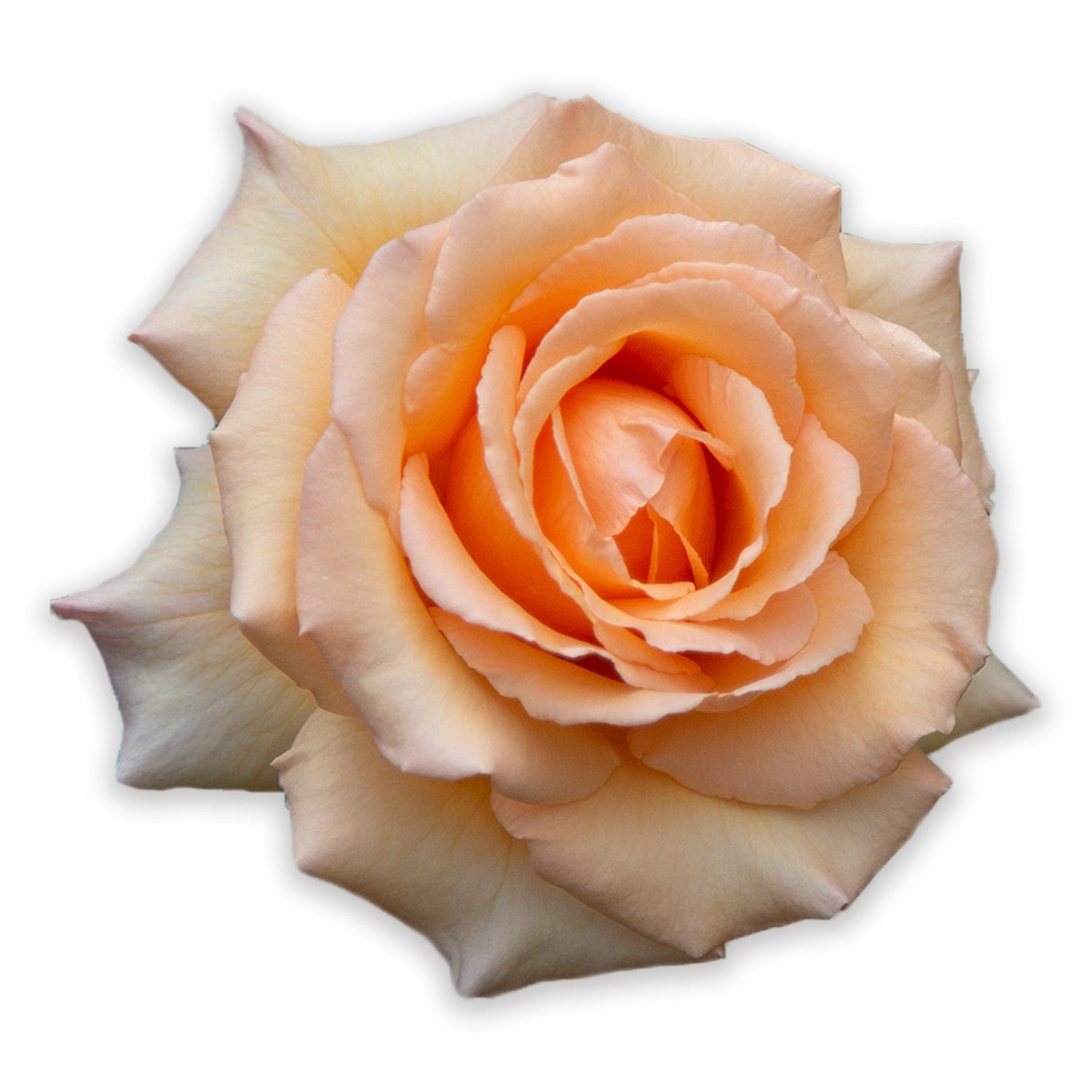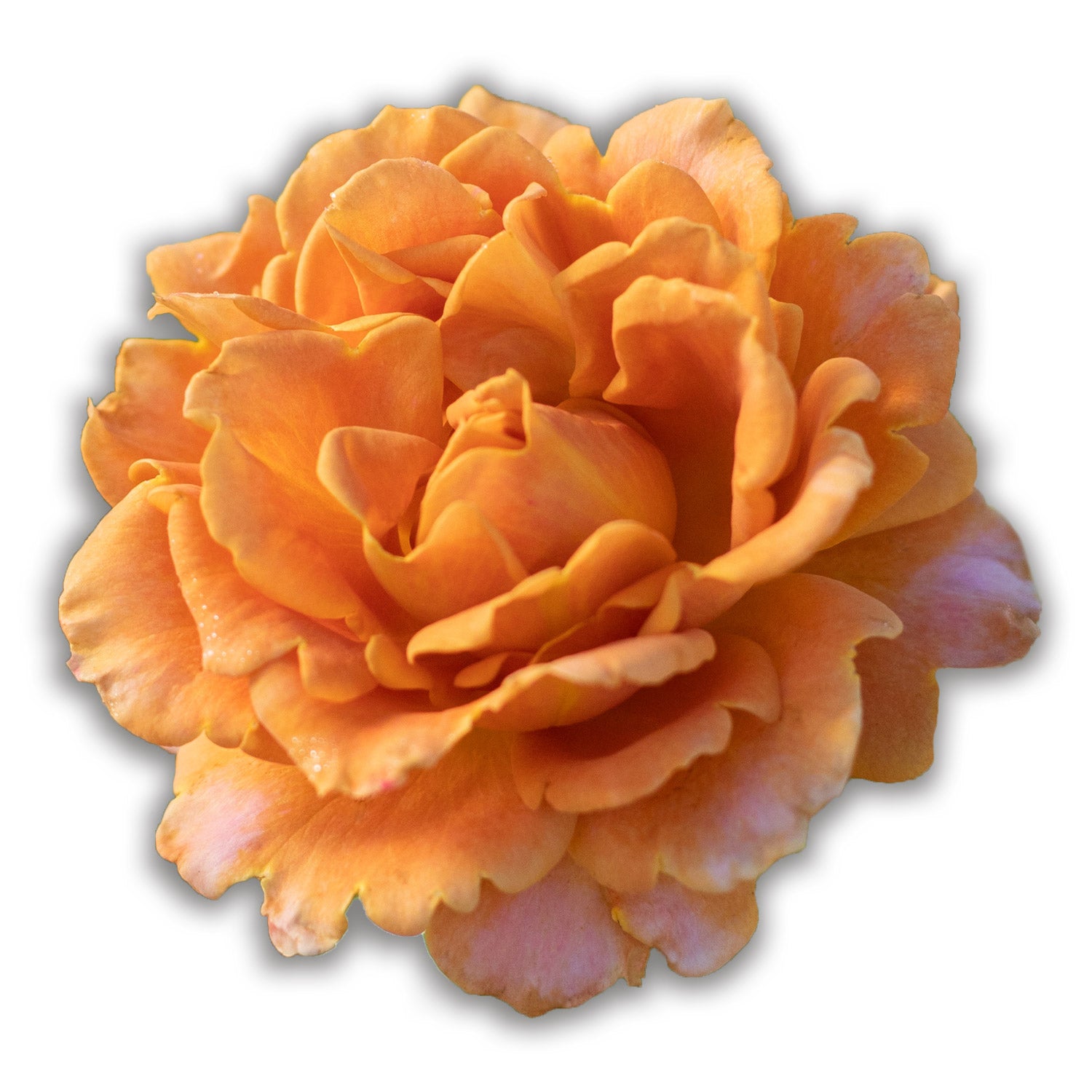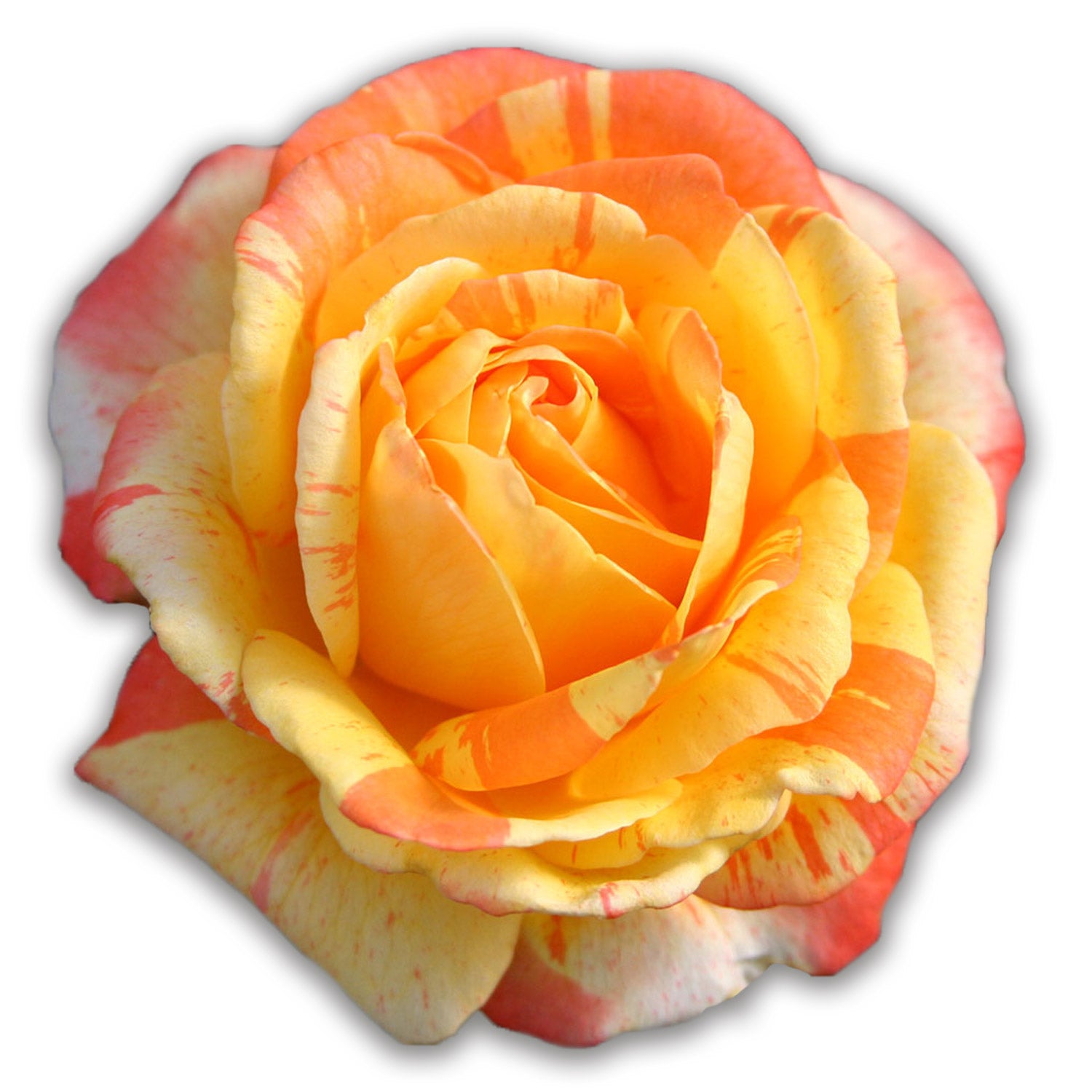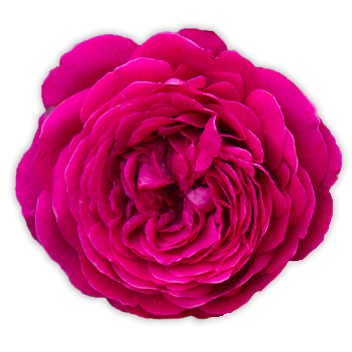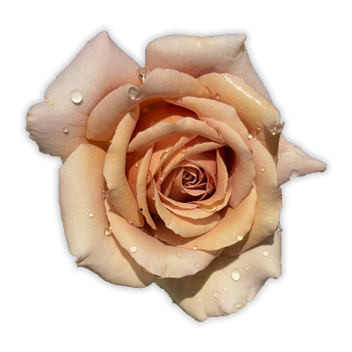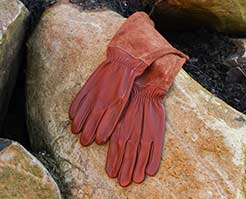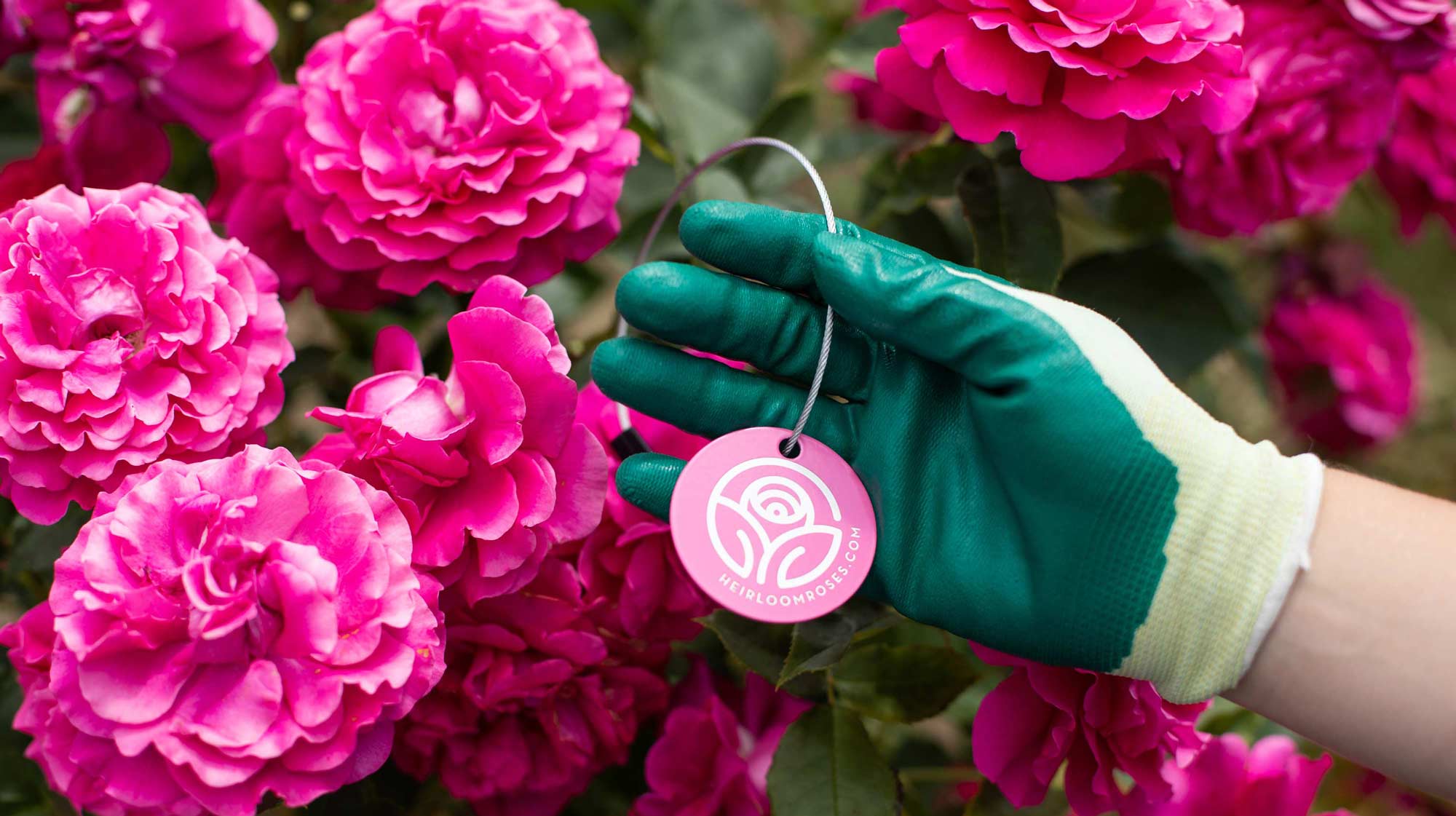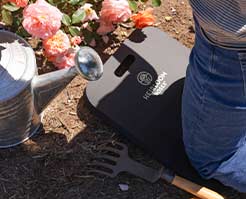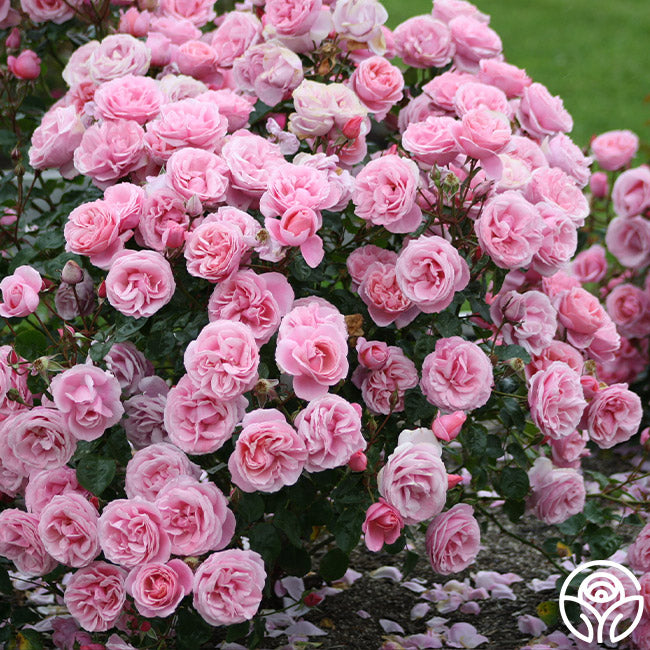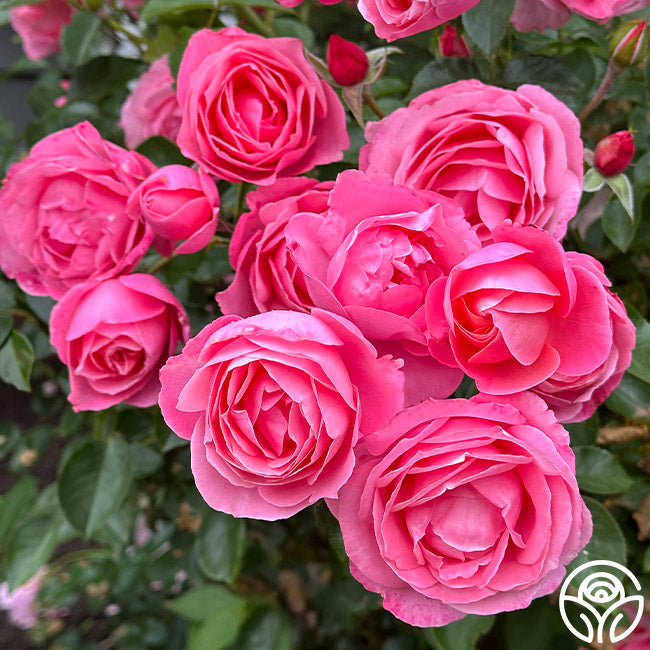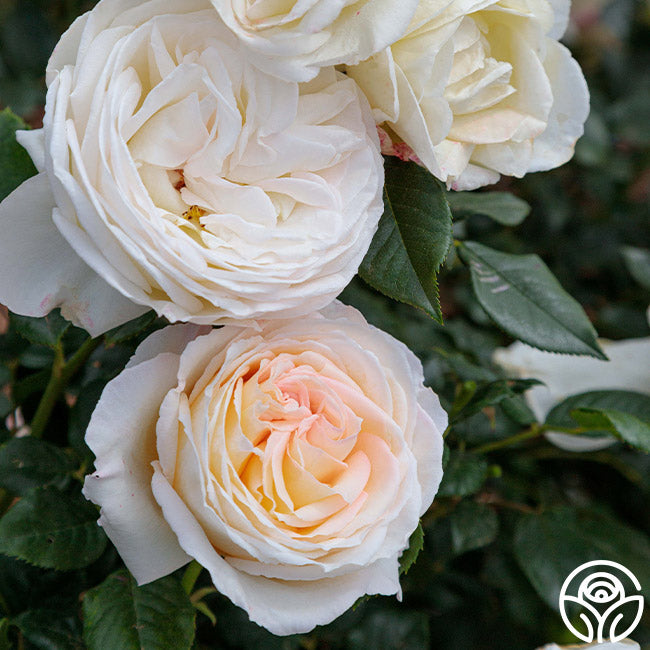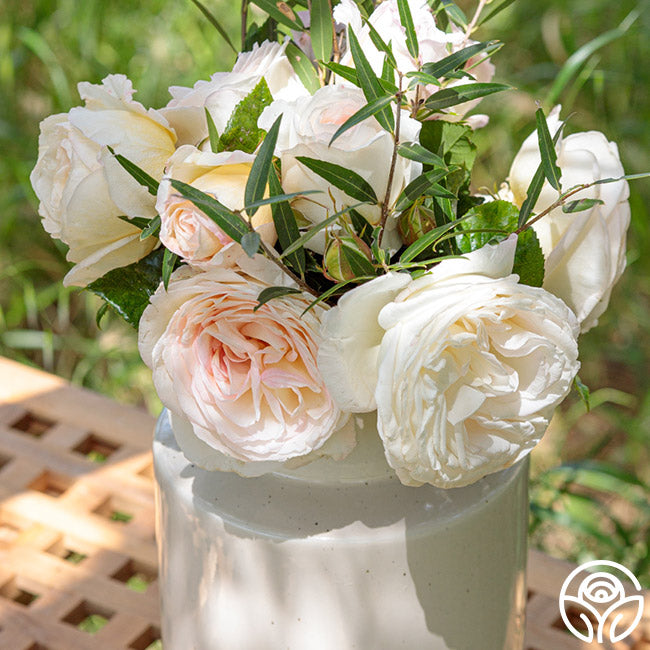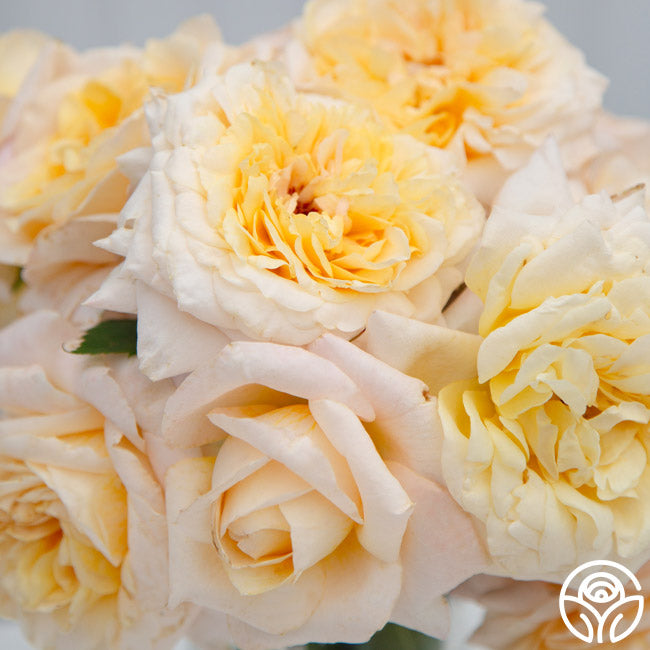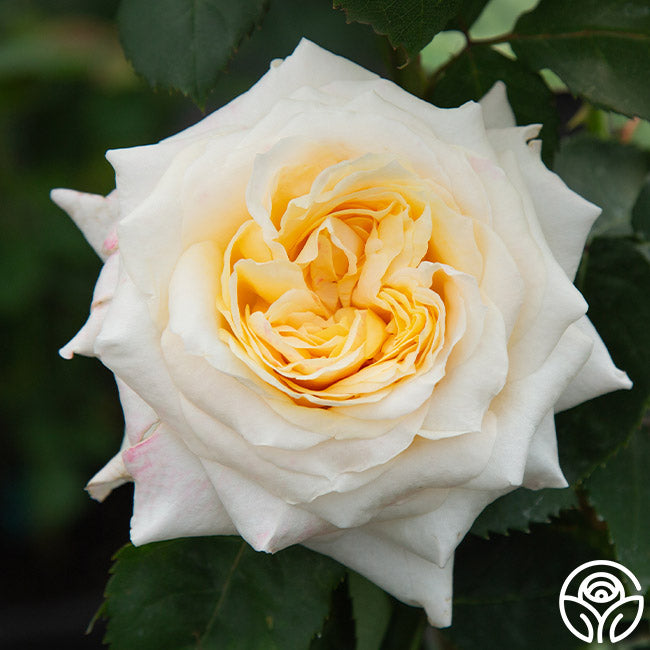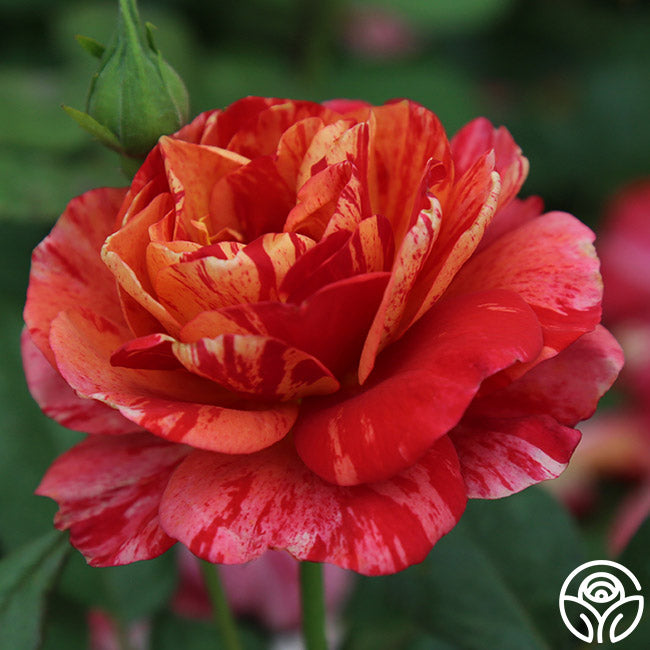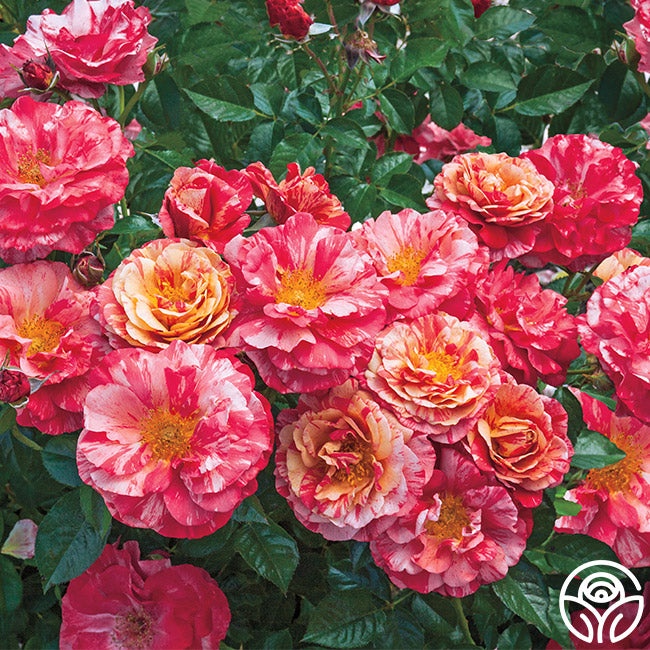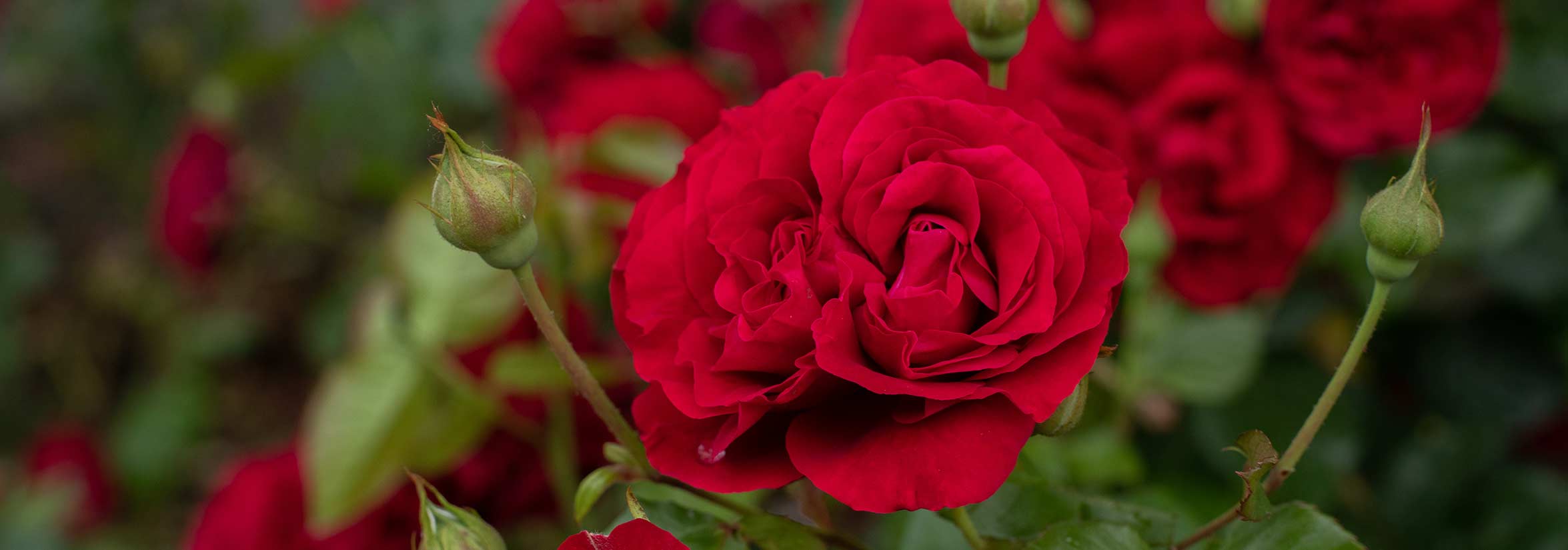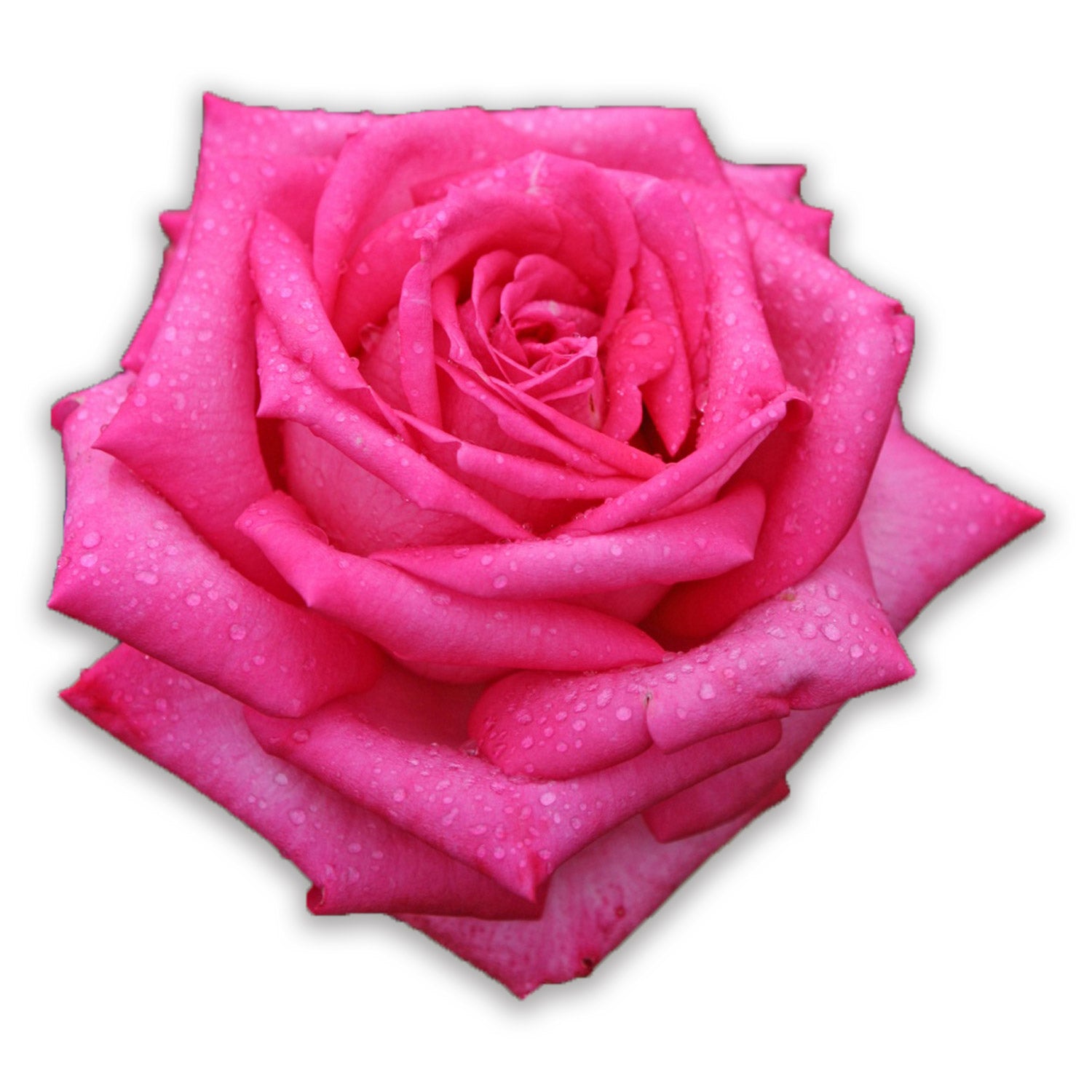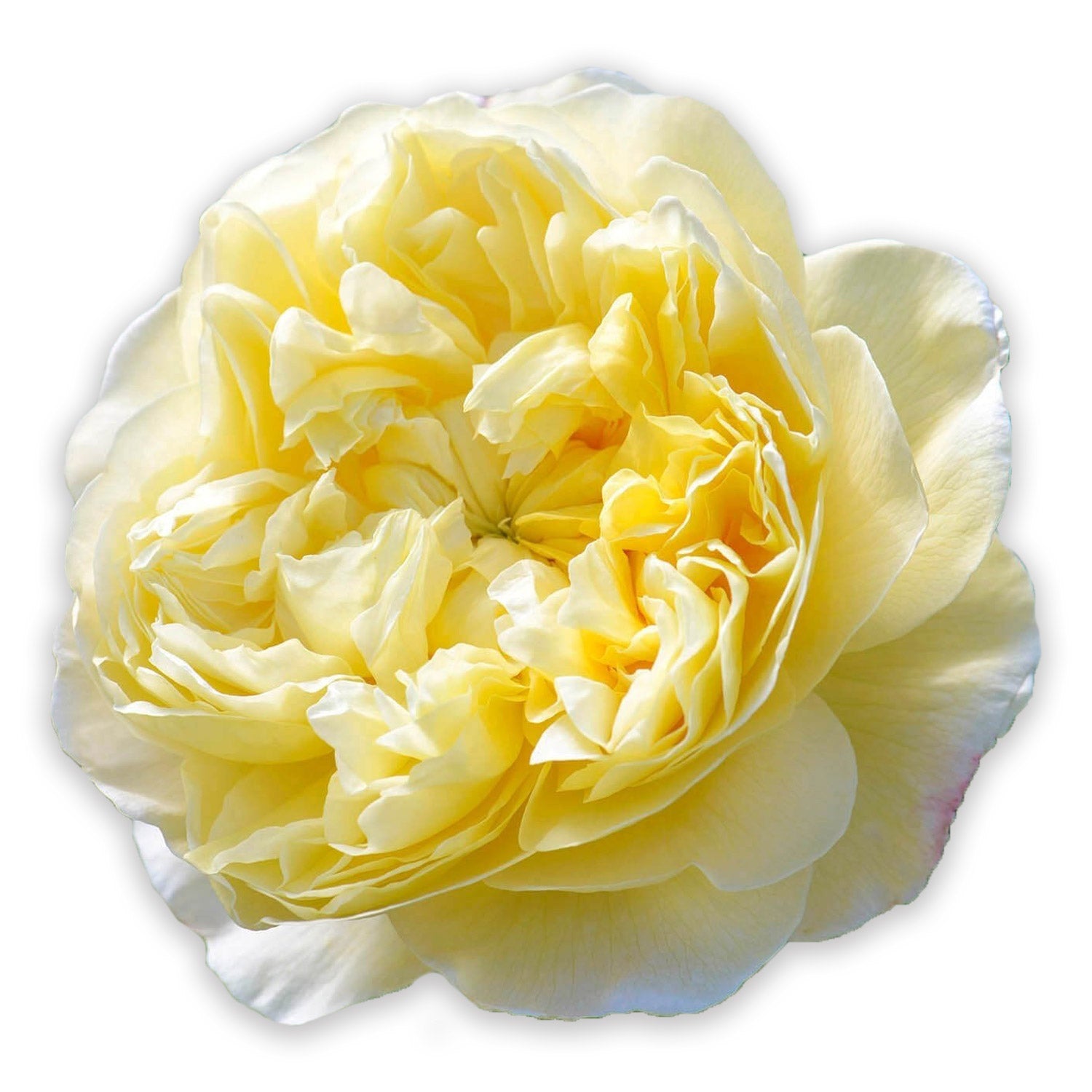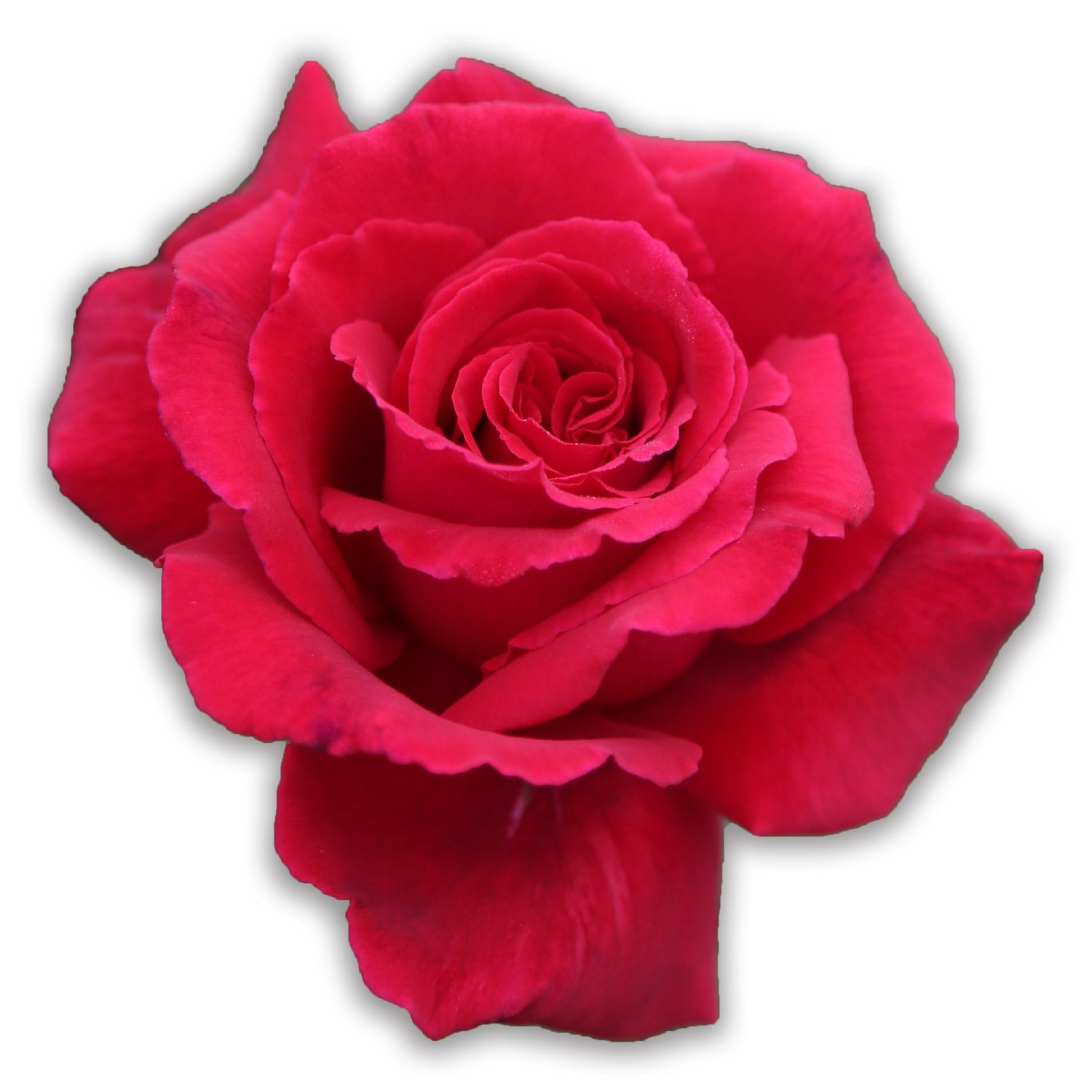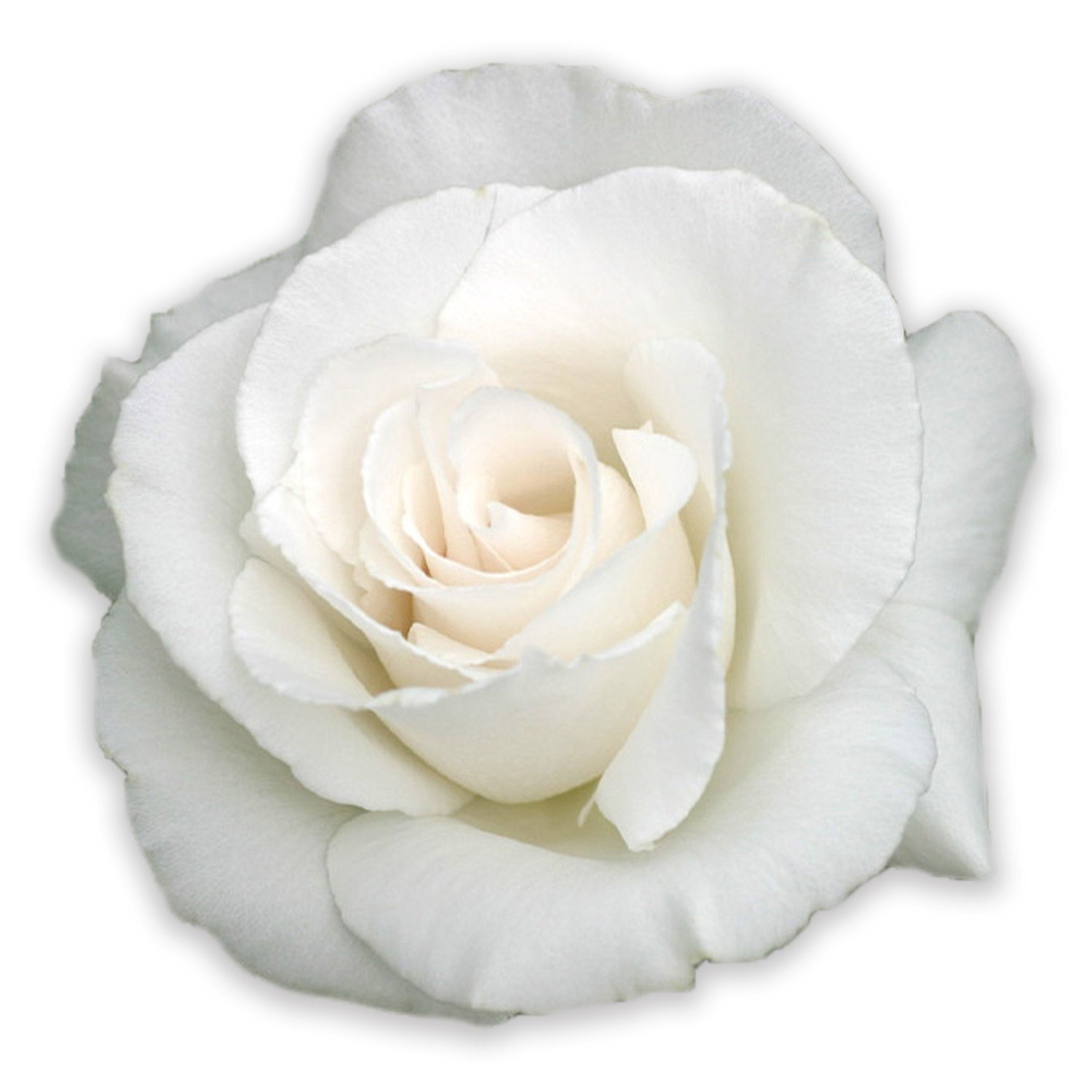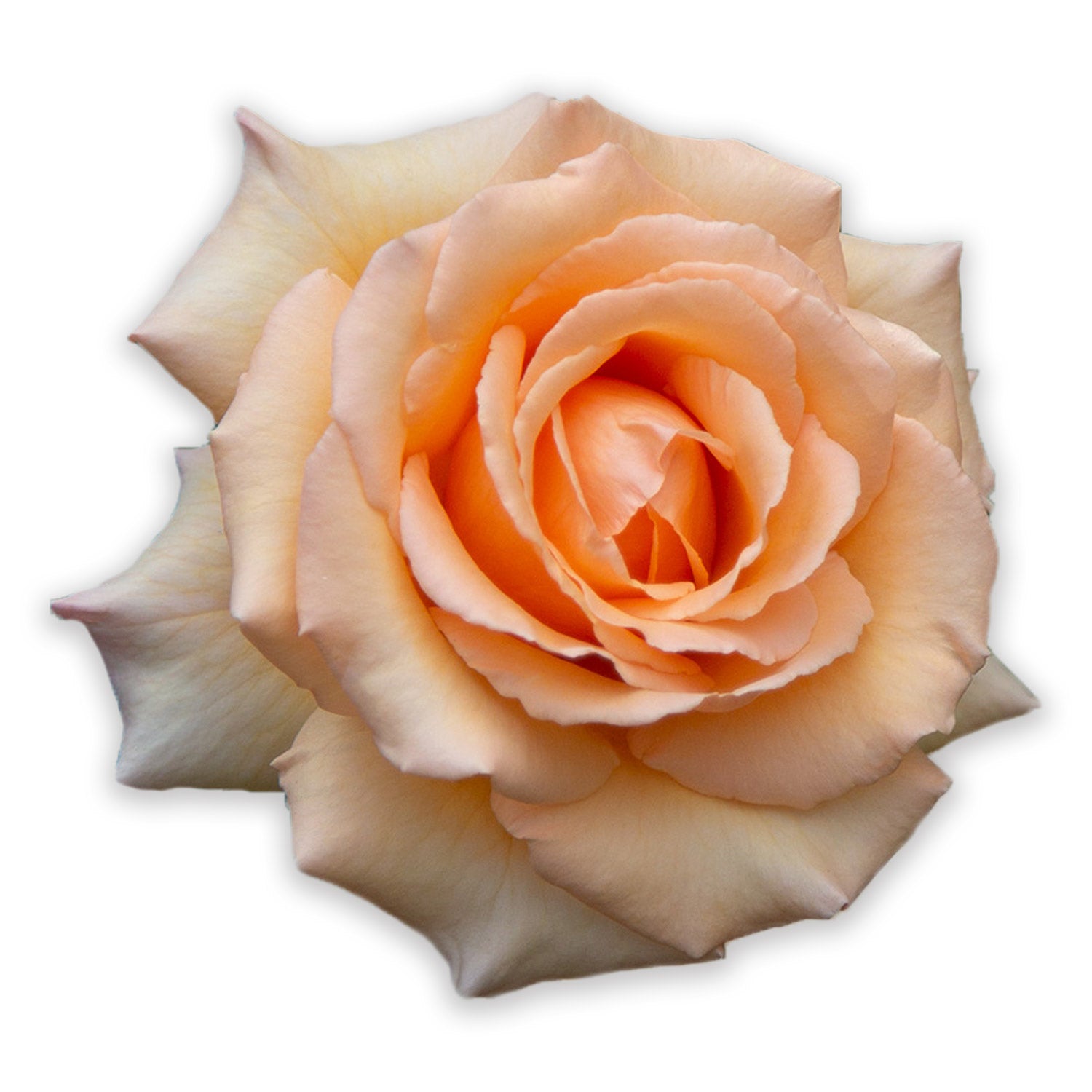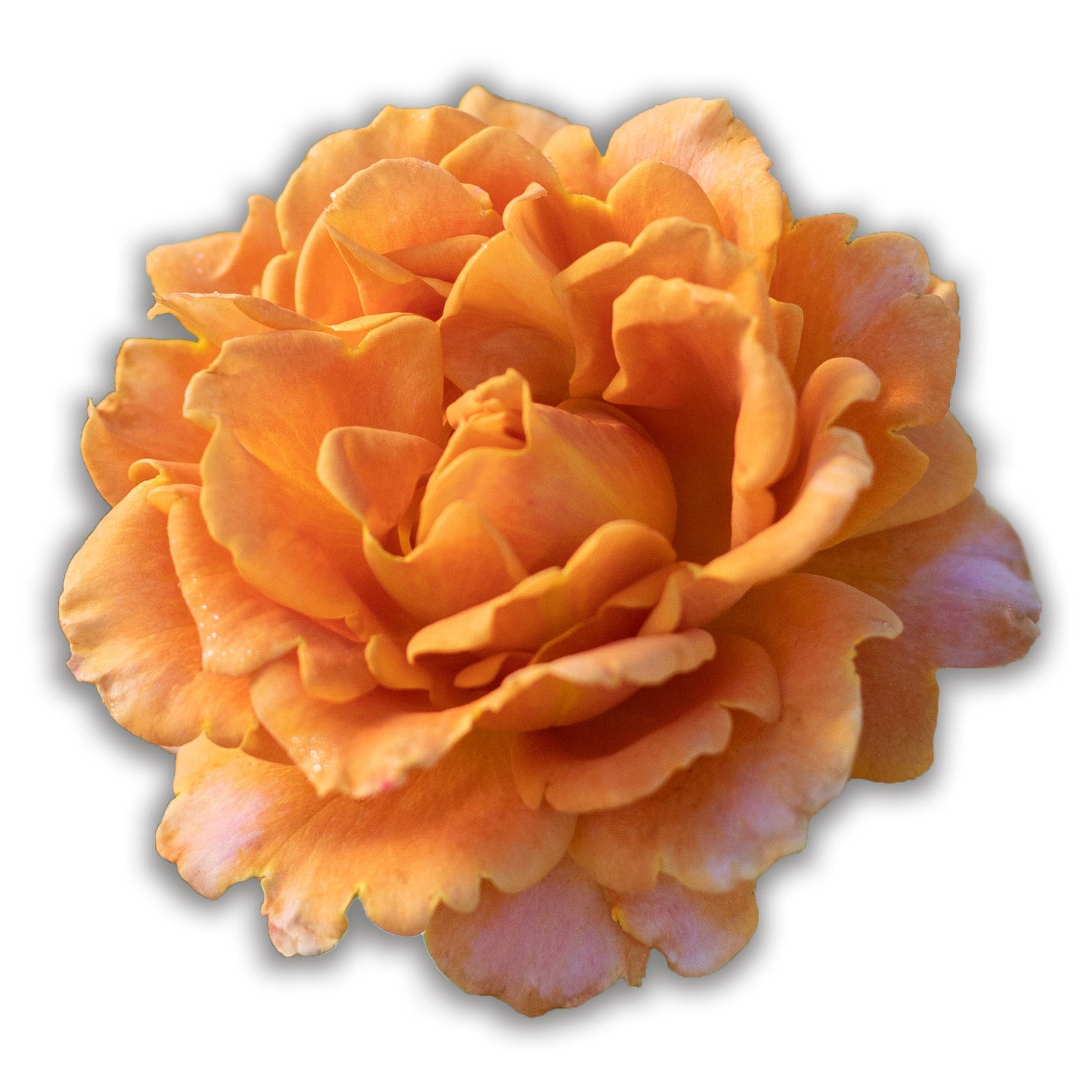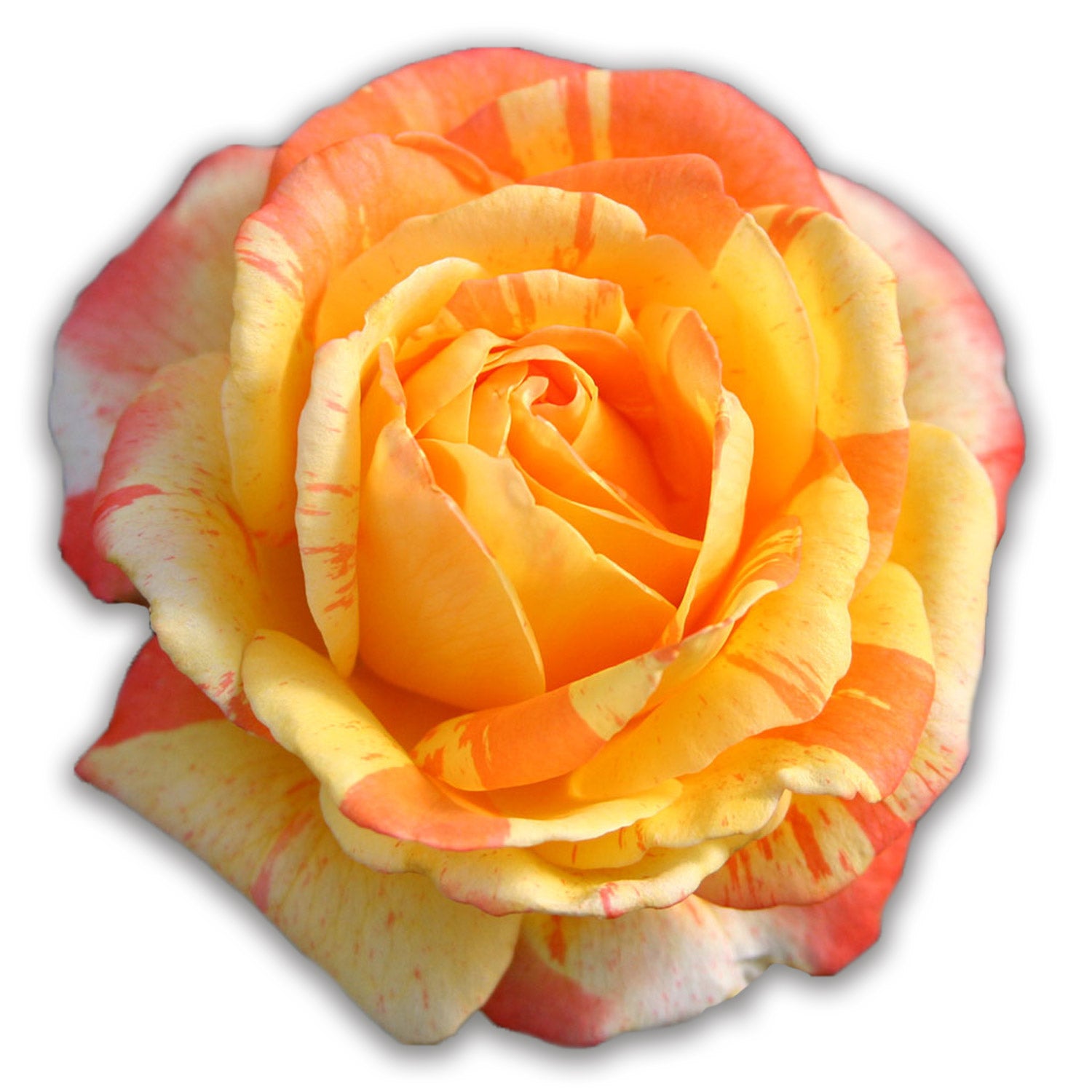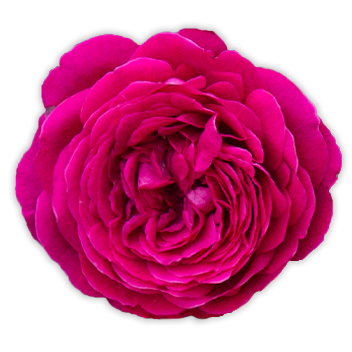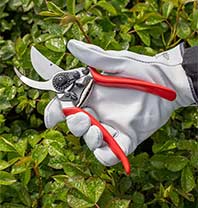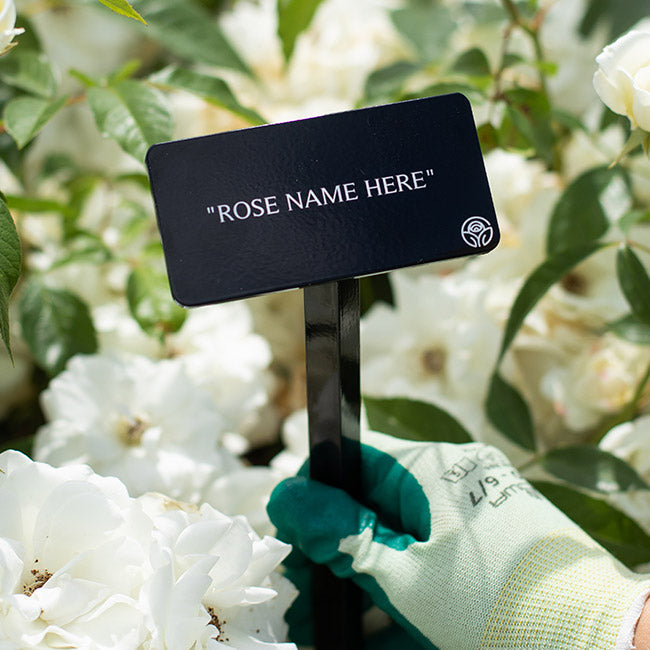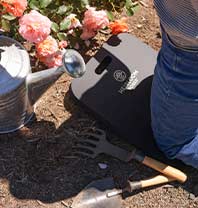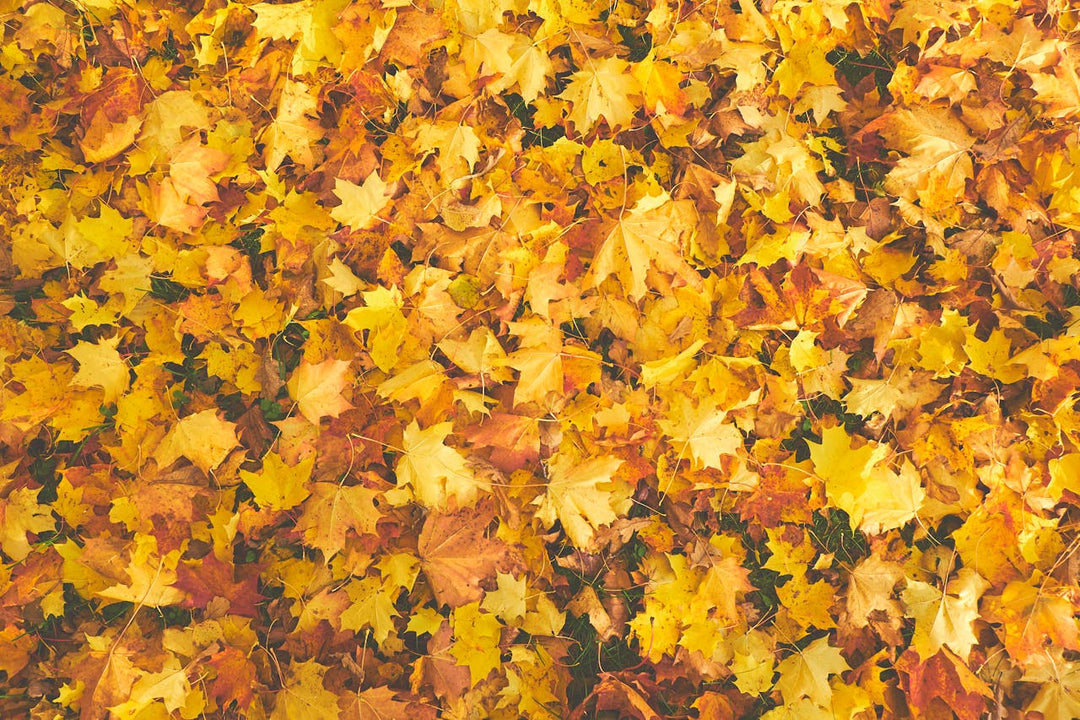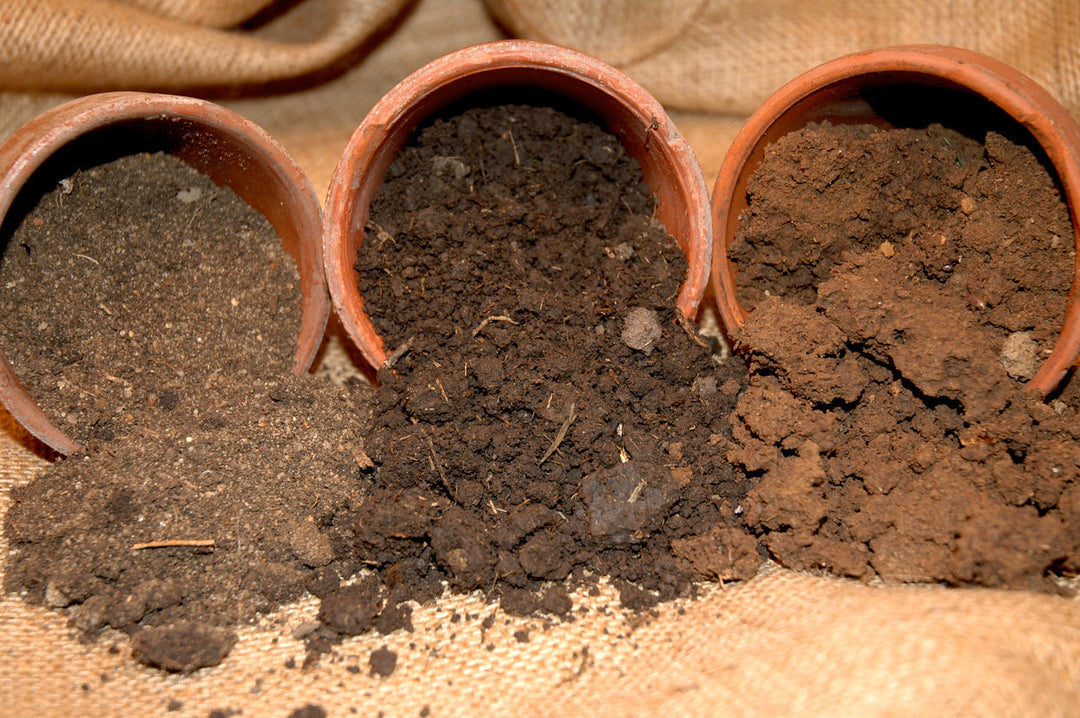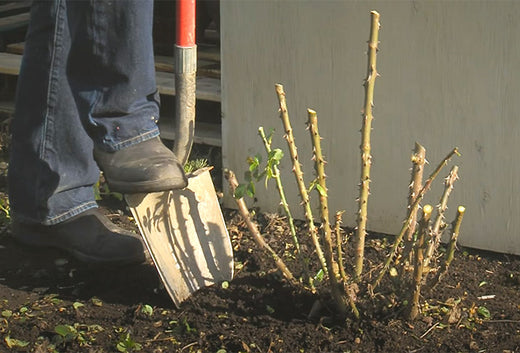Lavender: A Romantic, English Must-Have Perennial
In borders, beds, or along pathways, Lavender is a perennial for the senses. Its bright blooms stand out against gray to green foliage and have a beautiful fragrance, which is gently released when brushed as you pass. This drought-tolerant and hardy herb is a “must-have” for every gardener.
Lavender thrives in sandy or rocky soil and nearly any other location that is not soggy. It loves bright sun and heat, and even likes being mulched with gravel to help retain the heat in the soil. After the first growing season, it will be drought tolerant and not need any supplemental watering. This is the perfect option for new gardeners.
Bring on the Sunshine!
Lavender loves to be planted in full sun, preferring 8-10 hours per day. A native of the Mediterranean, it can handle the intense summer sun and doesn’t wilt in hotter temperatures. This low-maintenance plant is not exclusive to warmer zones though! Some varieties of Lavender can also thrive down to zone 4 or 5 if given winter protection with a huge mounding of snow or if wrapped in burlap during the colder months.
Planting and Care
Plant Lavender in a full-sun location early in the spring. Make sure that the soil is not too acidic as this type of soil will not be able to sustain lavender beyond 1-2 growing seasons.
To plant Lavender, dig a hole slightly wider than the nursery pot and just as deep. Lavender has very shallow roots, so the plant will not spread much. Mix in a large scoop of compost. Remove the plant from its pot and gently loosen the roots. Add the Lavender to the hole, cover with soil, and water thoroughly. Cover the base of the plant generously with mulch. Water occasionally throughout the first growing season and then only once or twice a year. This perennial thrives in dry soil.
Lavender does not need fertilization throughout the growing season. In fact, the plant will produce fewer flowers and struggle if given too much fertilizer, so just skip it for this perennial.
Zones 7 and colder should prune the plant in spring after its first growing season before the plant breaks dormancy. Zones 8 and warmer should prune the plant at the end of summer. This is strictly a shaping prune. Cut back only by ⅓ and do not cut back into the woody stems of the plant as this often kills the plant. Flowers and foliage will not grow back from old wood. After the first bloom, give the plant a light prune to encourage a second flush.
Four favorites for us this season are: Munstead, Provence, Hidcote Blue, and Platinum Blonde.




